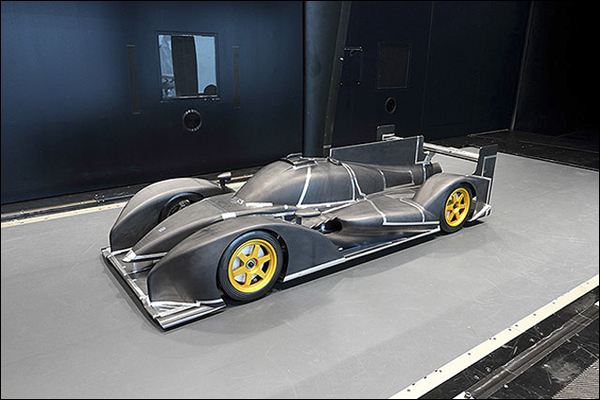Cars are not just machines that take us from one place to another, they are also designed to perform efficiently. One of the key factors that affect a car’s performance is aerodynamics. In this article, we will discuss the basics of car aerodynamics and how it affects the performance of a car.
What is Car Aerodynamics?

Car aerodynamics is the study of how air flows around a car and how it affects its performance. It is all about reducing drag and increasing downforce. Drag is the resistance that a car experiences when it moves through the air. Downforce is the force that presses the car down onto the road, which helps to improve traction and handling.
How Does Aerodynamics Affect Car Performance?
Aerodynamics affects car performance in several ways. Firstly, it affects the car’s top speed. The more aerodynamic a car is, the less drag it will experience, allowing it to achieve a higher top speed. Secondly, it affects fuel efficiency. A more aerodynamic car requires less fuel to maintain a certain speed because there is less drag. Thirdly, it affects handling. A car with good aerodynamics will have more downforce, which improves its grip on the road and makes it easier to handle at high speeds.
The Key Elements of Car Aerodynamics
There are several key elements that affect a car’s aerodynamics:
- Body Shape – The shape of the car’s body is the most important factor in determining its aerodynamics. A streamlined body with smooth curves and no sharp edges will experience less drag than a boxy car with lots of corners and edges.
- Spoilers – Spoilers are designed to create downforce by redirecting air flow. They are commonly found on sports cars and high-performance vehicles.
- Air Dams – Air dams are located underneath the front bumper of a car and are designed to redirect air flow away from the underside of the car, reducing drag.
- Diffusers – Diffusers are located at the rear of a car and are designed to increase downforce by creating a low-pressure area behind the car.
- Wheels – The shape and size of a car’s wheels can also affect its aerodynamics. Wheels with a lot of spokes or a lot of surface area will create more drag than wheels with a simple design.
Car aerodynamics is an important aspect of car design that affects its performance. By reducing drag and increasing downforce, a car can achieve a higher top speed, better fuel efficiency, and improved handling. Understanding the basics of car aerodynamics can help drivers make informed decisions when choosing a car or modifying an existing one.






More Stories
How to Make the Most of Used Car Deals in Fresno
Who Should Consider Buying a Used Toyota Tacoma TRD?
How to Optimize Your Car for Better Fuel Efficiency